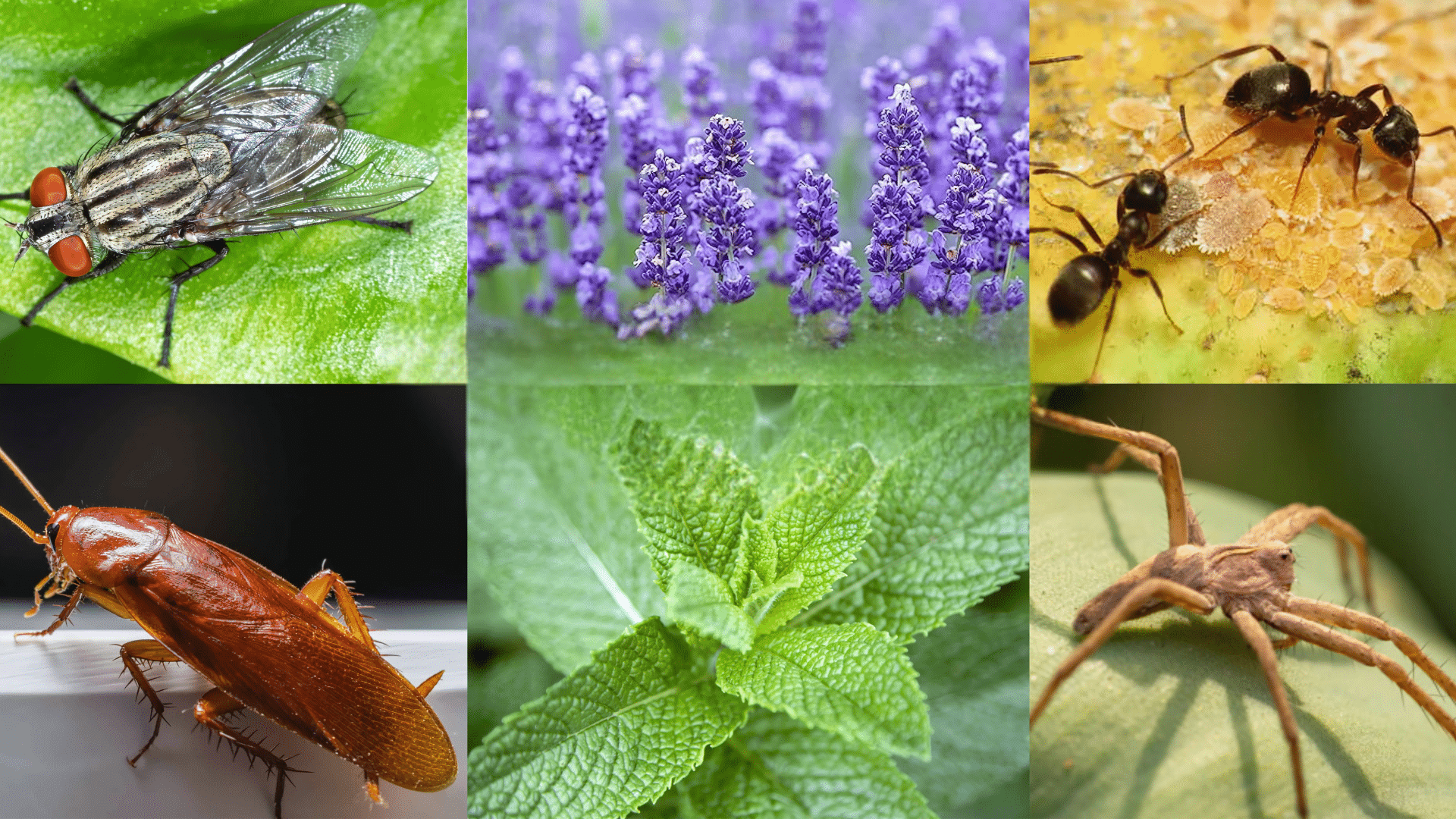Bugs indoors can be more than just a nuisance, they may carry germs, damage plants, or even trigger allergies. Keeping homes bug-free is important for comfort and health.
While chemical sprays work, they often contain harsh ingredients. A safer, natural solution exists: certain indoor plants can repel bugs while freshening the air.
This blog shares plants that keep pests away without harmful chemicals. Herbs like basil and mint release scents that bugs dislike.
Flowering plants such as marigolds and lavender add beauty while deterring insects. Even leafy greens like spider plants help by purifying the air. By choosing the right plants, homes can stay bug-free and healthier.
Learn which plants work best for different pests and how to care for them. A greener, bug-free home is easier to achieve than expected; nature already has the answers.
Herbs that Keep Bugs Away
Herbs are not only great for cooking but also serve as natural bug repellents. With their strong scents and essential oils, many herbs can effectively deter pests like mosquitoes, flies, and ants from invading your home.
Here are some common herbs you can grow indoors to help keep bugs at bay.
1. Basil
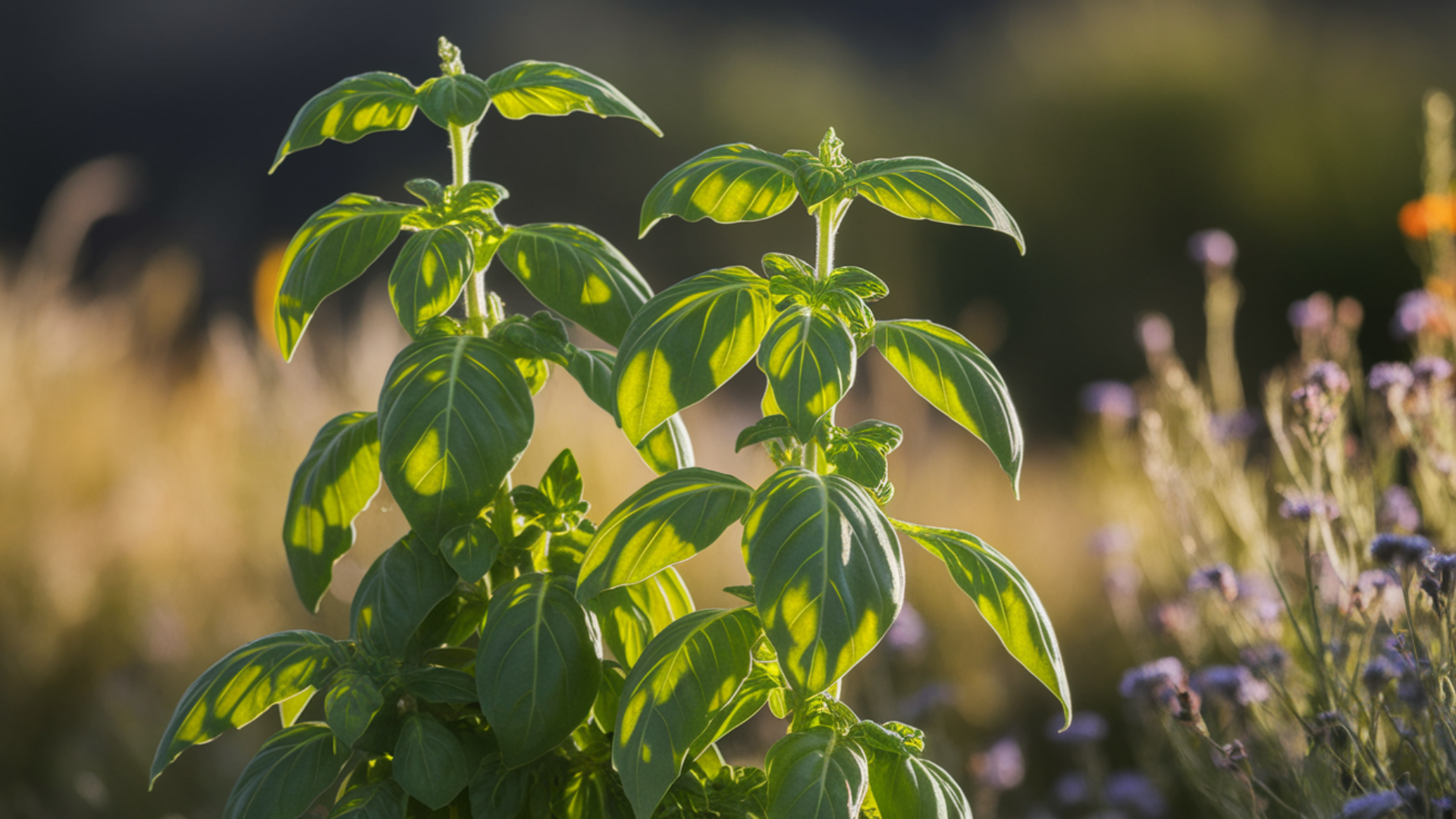
Basil is well-known for its strong scent, which repels mosquitoes, flies, and gnats. Its natural oils are effective in keeping pests away. This herb is also great for cooking, making it a dual-purpose plant for your indoor garden.
- Scientific Name: Ocimum basilicum
- Family: Lamiaceae
- Where to Place: Keep potted basil near entryways or windows to deter flying insects. It thrives in warm, sunny spots.
2. Lavender
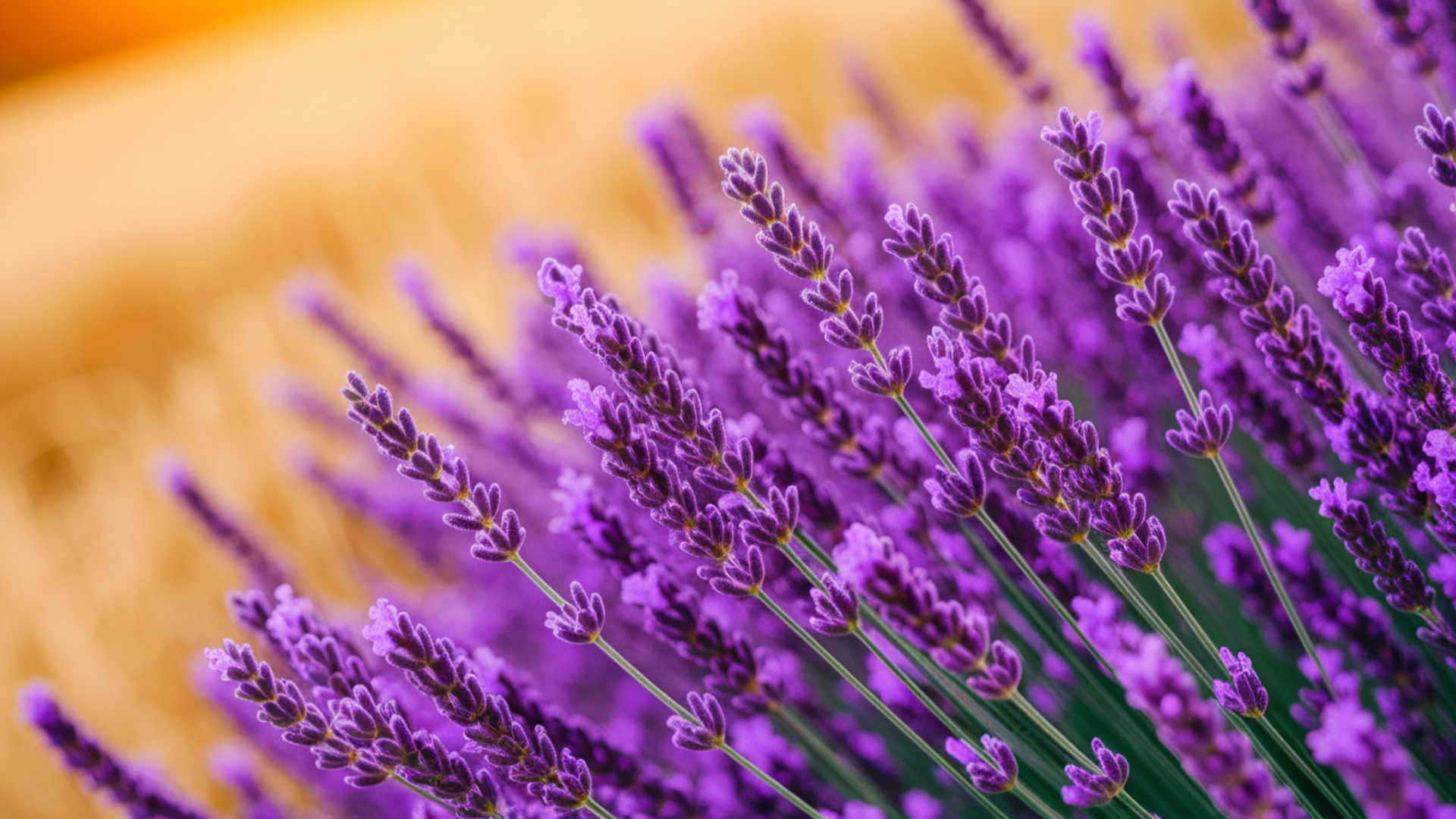
Lavender is not only a popular herb for its relaxing aroma but also an effective insect repellent. It helps keep moths, mosquitoes, and flies at bay. The calming scent is often used in essential oils and dried sachets to deter bugs.
- Scientific Name: Lavandula angustifolia
- Family: Lamiaceae
- Where to Place: Place pots of lavender on windowsills or near doors. You can also use dried lavender in small pouches to place around your home.
3. Mint
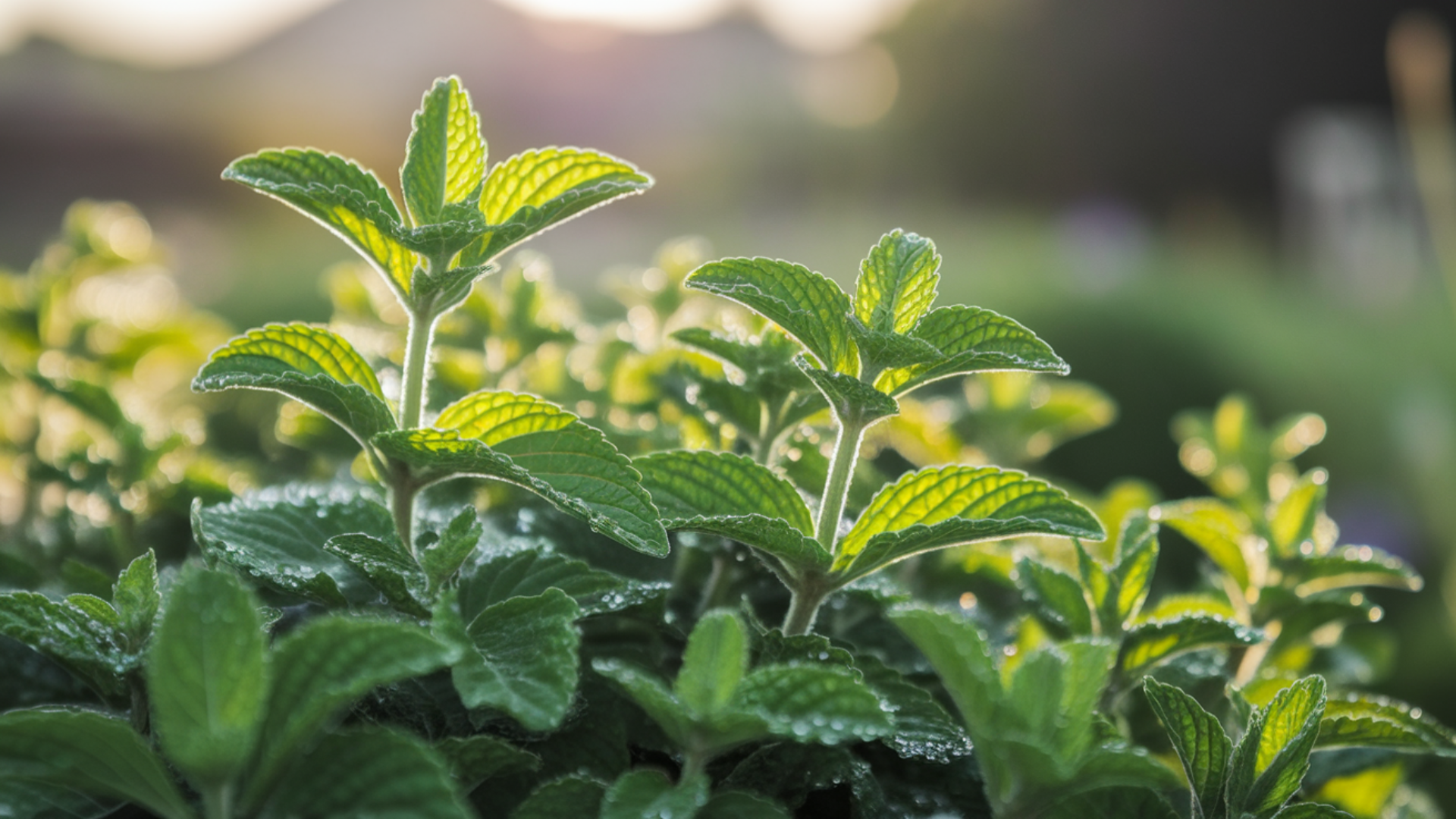
Mint is another herb that repels ants, mosquitoes, and even mice with its strong scent. Its fast-growing nature makes it perfect for growing in pots indoors.
- Scientific Name: Mentha spp.
- Family: Lamiaceae
- Where to Place: Grow mint in containers to prevent it from spreading. Keep pots in the kitchen, near doors, or in any area where insects might enter.
4. Rosemary
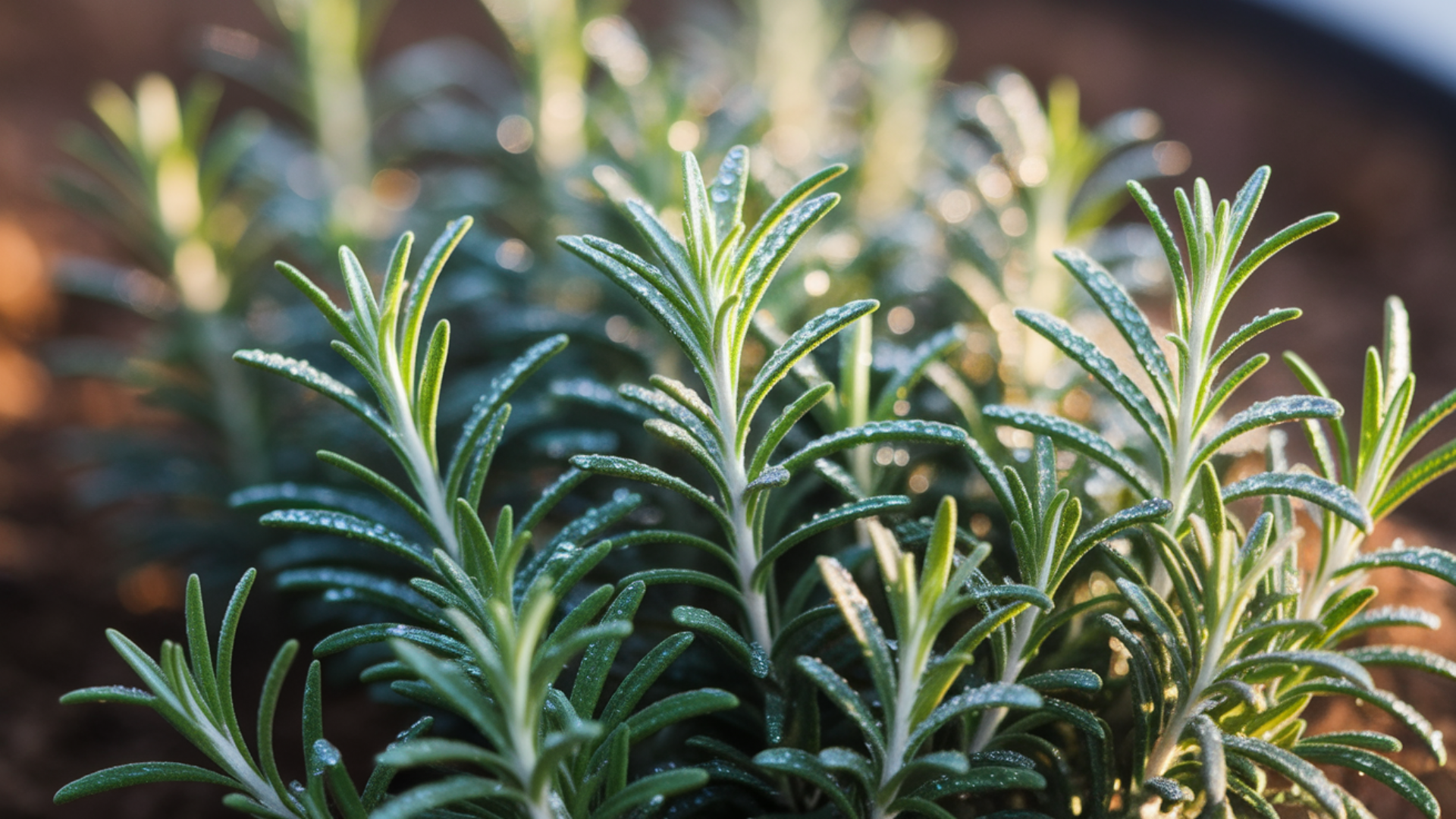
Rosemary is a fragrant herb that helps deter mosquitoes and flies. Its strong, woody scent is unpleasant to many common pests but lovely to humans.
- Scientific Name: Rosmarinus officinalis
- Family: Lamiaceae
- Where to Place: Place potted rosemary near entryways, windows, or on your kitchen counter. It needs a lot of sunlight to thrive indoors.
5. Lemongrass
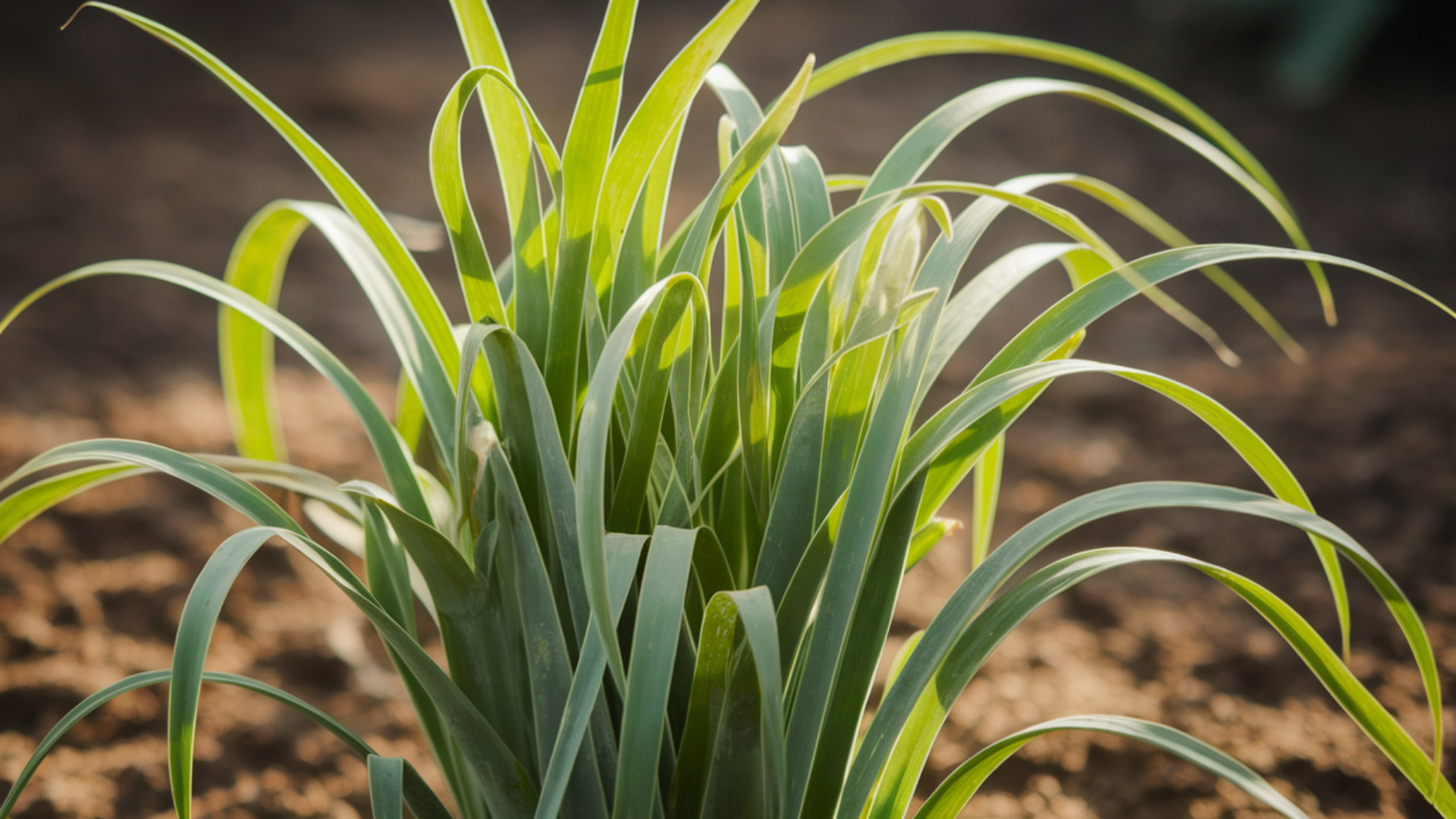
Lemongrass contains citronella, a natural insect repellent that is most commonly known for repelling mosquitoes. The citrusy scent of lemongrass also keeps other bugs at bay.
- Scientific Name: Cymbopogon citratus
- Family: Poaceae
- Where to Place: Grow lemongrass in sunny areas like near windows or on patios. You can also crush the leaves to release more of the repellent scent when needed.
Flowering Plants that Repel Bugs
Flowering plants not only brighten up your indoor space but also serve as natural pest deterrents. Many of these plants release fragrances that are unpleasant to common indoor bugs like mosquitoes, flies, and ants.
Incorporating flowering plants into your home can be an effective and beautiful way to keep bugs away while enhancing the overall ambience.
6. Marigolds
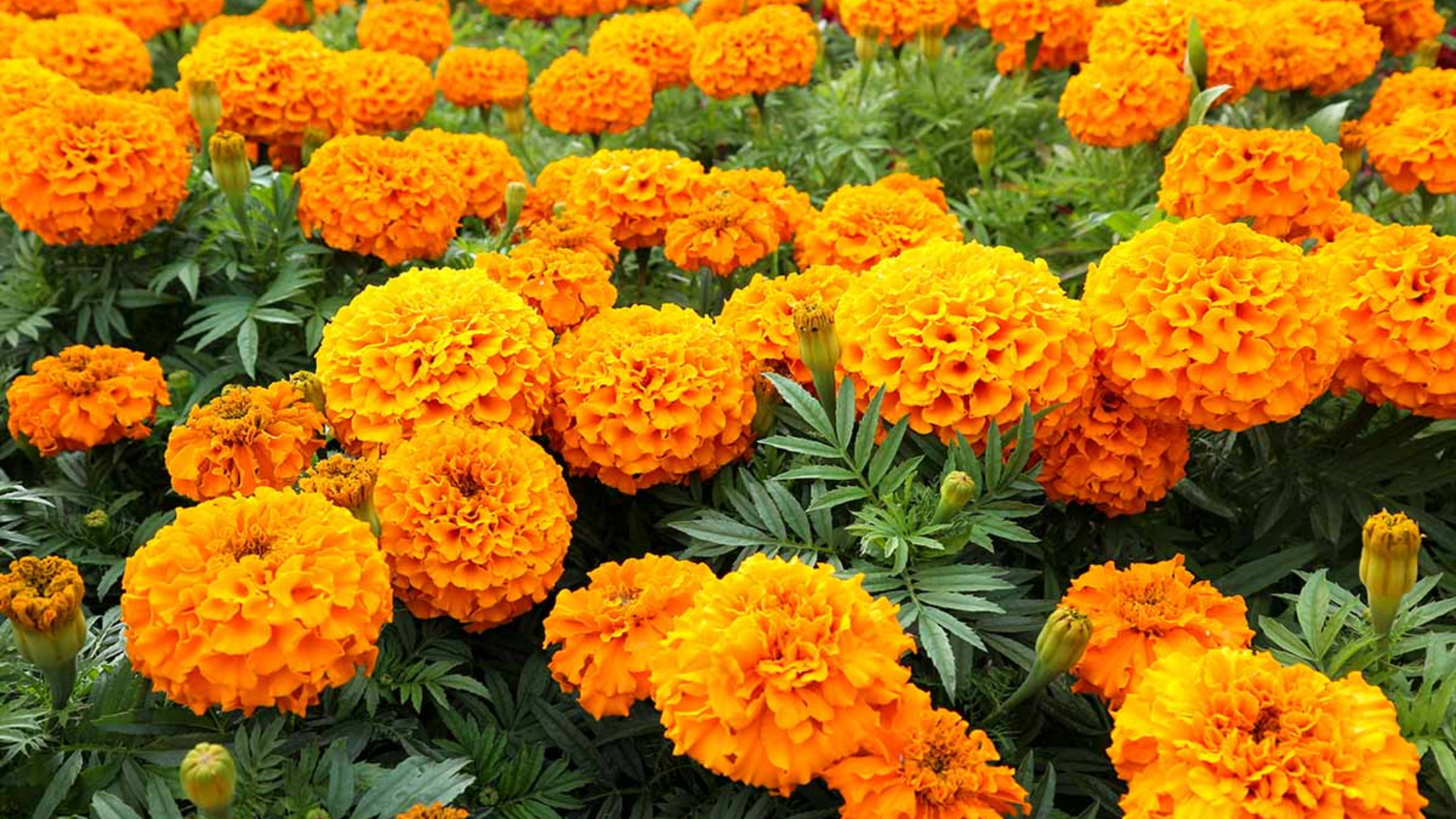
Marigolds are bright, cheerful flowers known for their ability to repel mosquitoes and aphids with their strong scent. They contain a compound called pyrethrum, which is often used in insecticides.
- Scientific Name: Tagetes erecta
- Family: Asteraceae
- Where to Place: Place marigold pots near entryways, windowsills, or outdoor-facing doors. The strong scent will help deter bugs from entering your home.
7. Chrysanthemums
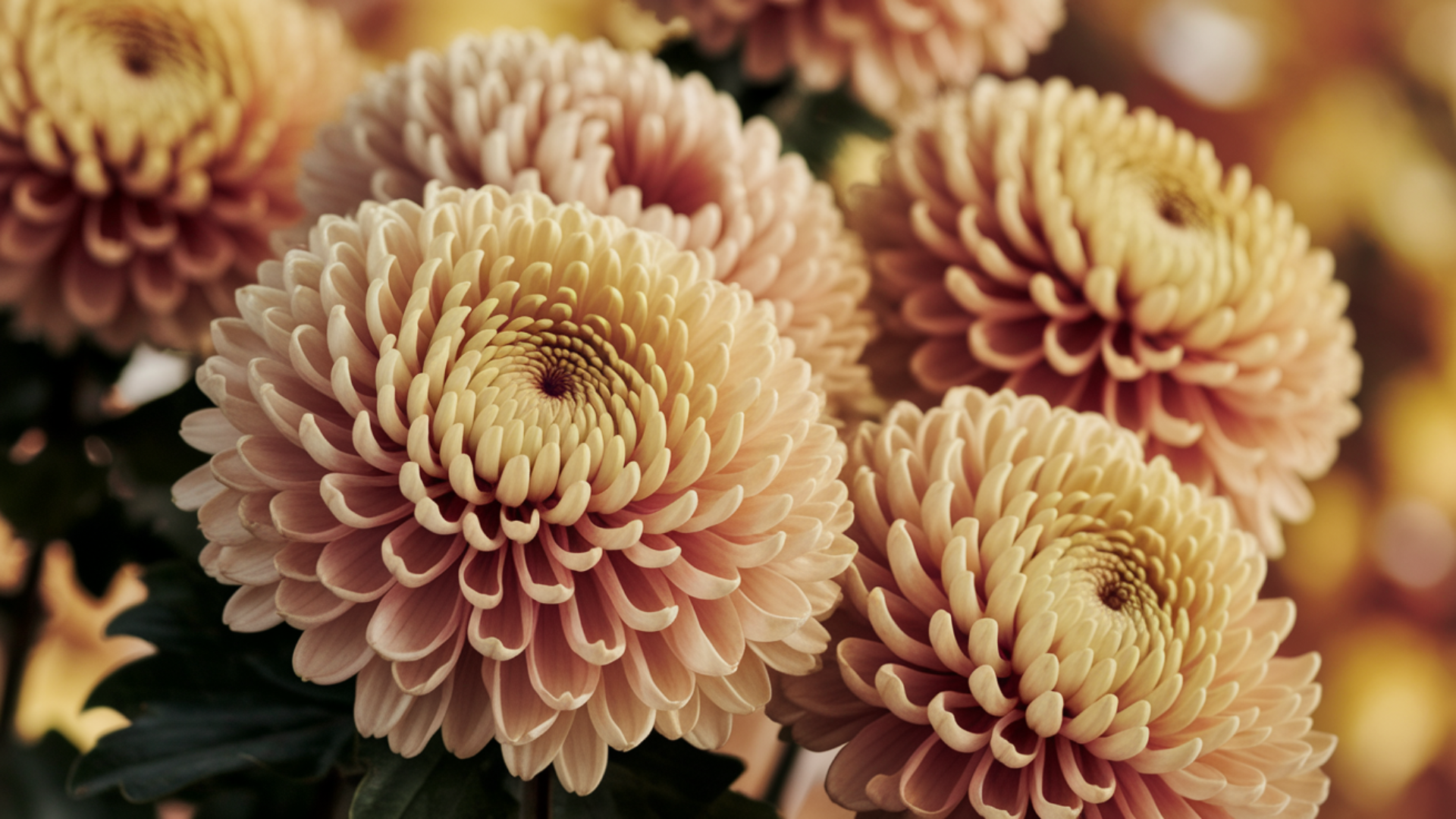
Chrysanthemums, also known as mums, are effective against a variety of insects, including ants, roaches, and mosquitoes. They contain pyrethrins, natural insecticides that repel bugs.
- Scientific Name: Chrysanthemum morifolium
- Family: Asteraceae
- Where to Place: Keep pots of chrysanthemums in rooms with higher foot traffic or near windows to prevent insects from entering through these areas.
8. Geraniums
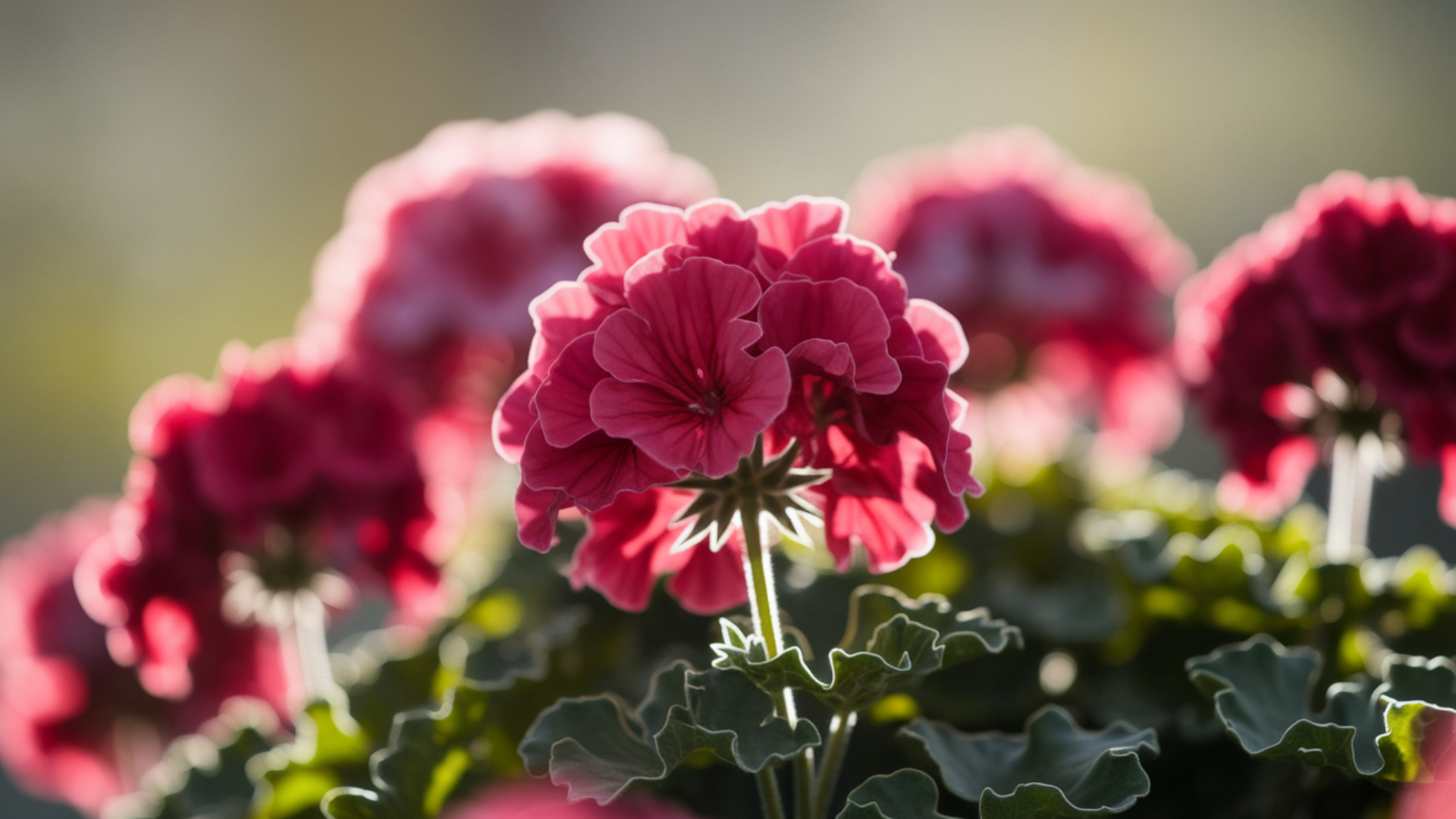
Geraniums are popular flowering plants that help keep mosquitoes away. Their strong fragrance works as a natural deterrent for flying insects.
- Scientific Name: Pelargonium hortorum
- Family: Geraniaceae
- Where to Place: Place geraniums near windows or doors that open to the outside to keep mosquitoes from entering your home.
9. Lantana
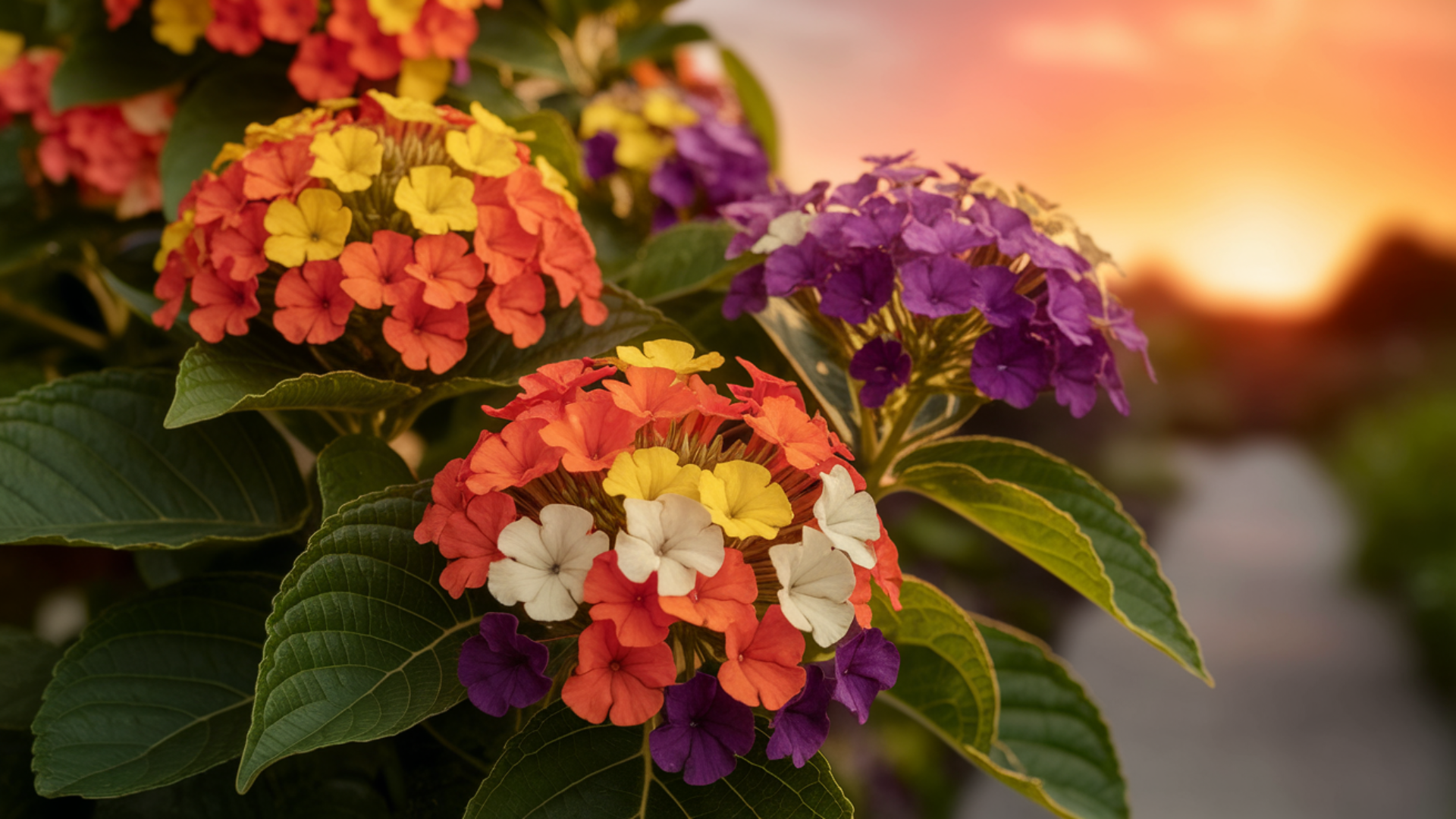
Lantana is a vibrant flowering plant that repels mosquitoes and flies. It is often used in outdoor gardens, but also works well as an indoor plant when placed in bright spots.
- Scientific Name: Lantana camara
- Family: Verbenaceae
- Where to Place: Place lantanas in sunny areas near entryways or windows to prevent mosquitoes from coming inside.
10. Petunias
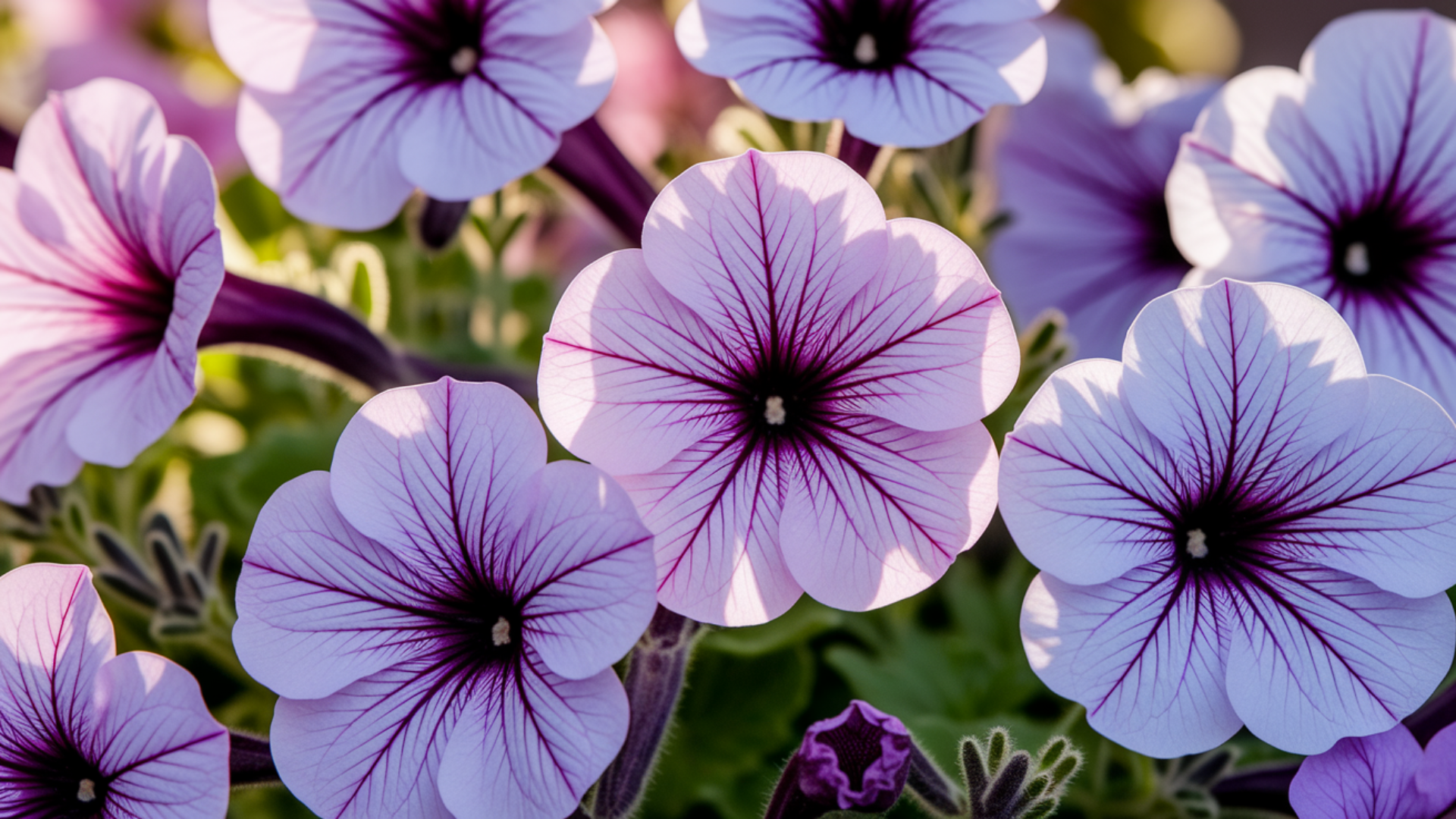
Petunias are colourful, low-maintenance flowers that are effective at repelling aphids, mosquitoes, and other insects. Their scent and natural oils act as a repellent.
- Scientific Name: Petunia × atkinsiana
- Family: Solanaceae
- Where to Place: Keep petunias near open windows, patios, or areas where bugs tend to enter, ensuring they are exposed to plenty of sunlight to thrive.
Green and Foliage Plants that Repel Bugs
Greenery and foliage plants are not only a beautiful addition to your home, but they can also serve as natural insect repellents.
Here are some of the best greenery and foliage plants that can help you maintain a bug-free indoor space.
11. Spider Plant
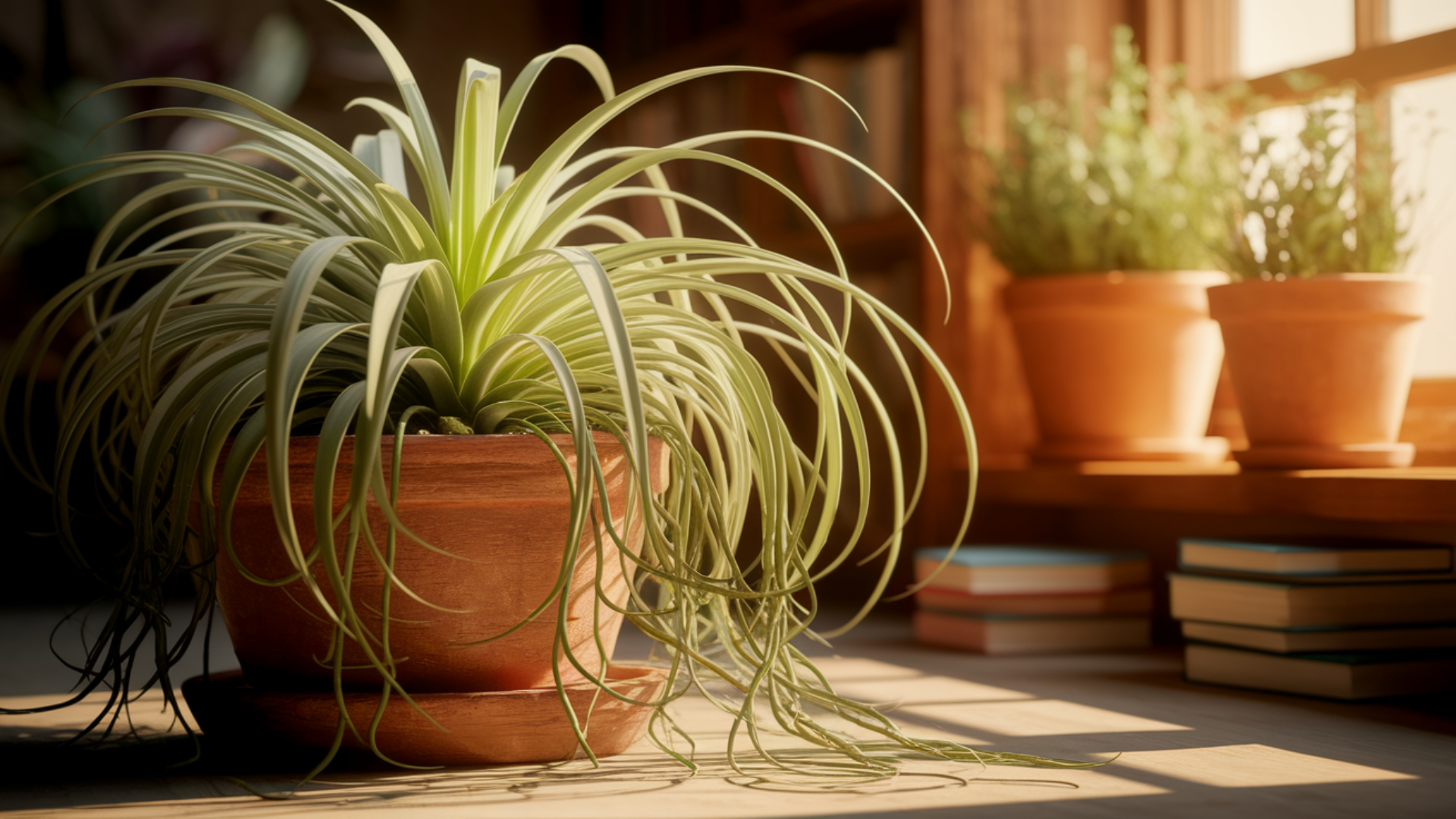
The spider plant is a popular indoor plant known for its air-purifying qualities. It also helps repel spiders and other insects, making it a great natural pest deterrent.
- Scientific Name: Chlorophytum comosum
- Family: Asparagaceae
- Where to Place: Hang spider plants in corners or place them on shelves or tables in areas where bugs are commonly seen. They thrive in indirect light and require occasional watering.
12. Aloe Vera
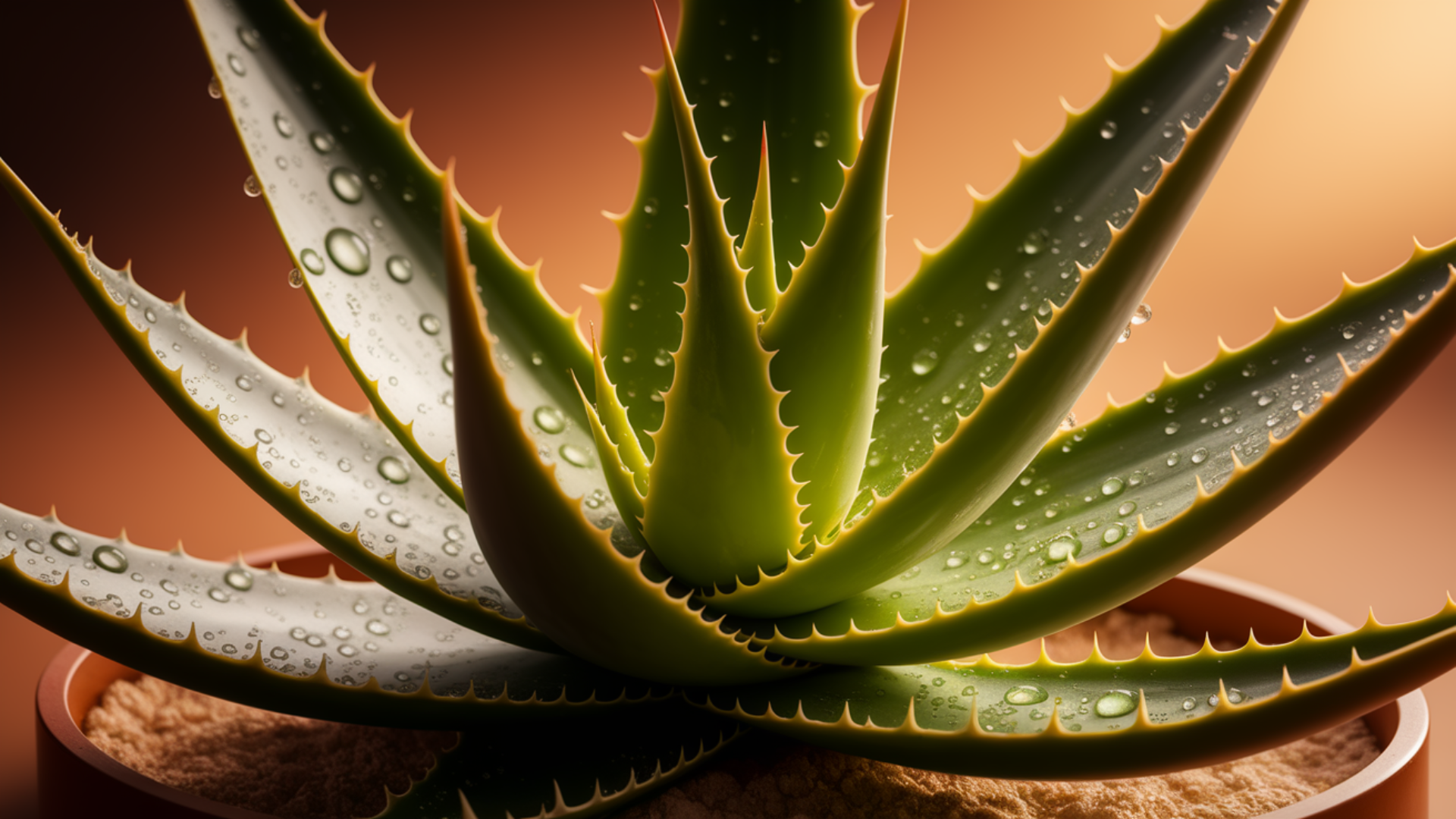
Aloe vera is a versatile plant that not only has healing properties for skin but also repels flies and mosquitoes. It’s easy to grow and maintain well indoors.
- Scientific Name: Aloe barbadensis Miller
- Family: Asphodelaceae
- Where to Place: Place aloe vera in bright, sunny spots near windows or on shelves where it can easily be accessed. Water it sparingly, as it’s a succulent plant.
13. Lemon Balm
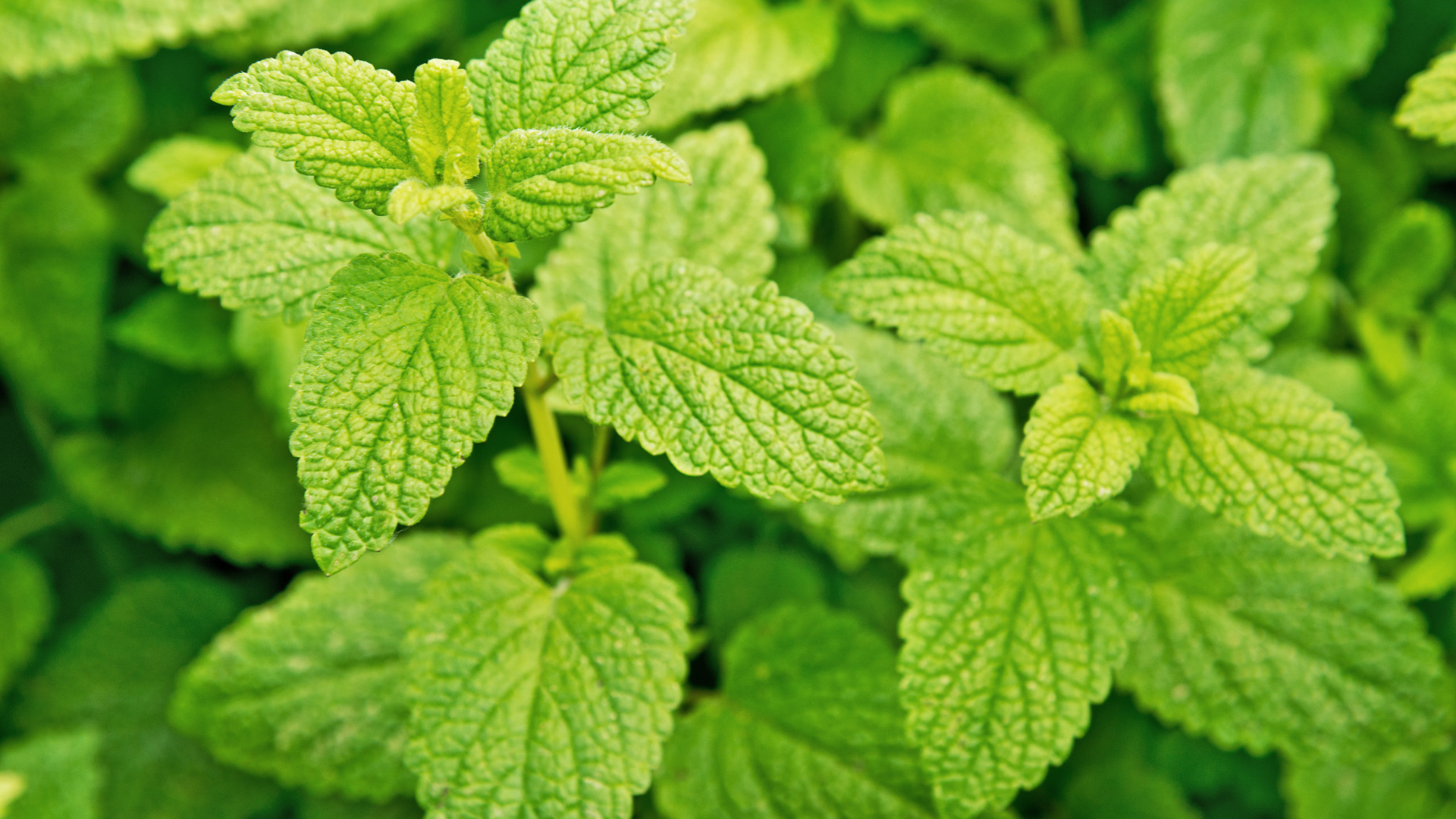
Lemon balm, a member of the mint family, has a citrusy scent that mosquitoes and flies find repellent. It’s a fragrant, low-maintenance plant that grows well indoors.
- Scientific Name: Melissa officinalis
- Family: Lamiaceae
- Where to Place: Place lemon balm in pots near entryways or open windows where bugs are likely to enter. It thrives in sunlight and should be watered regularly to keep the soil moist.
14. Neem Tree
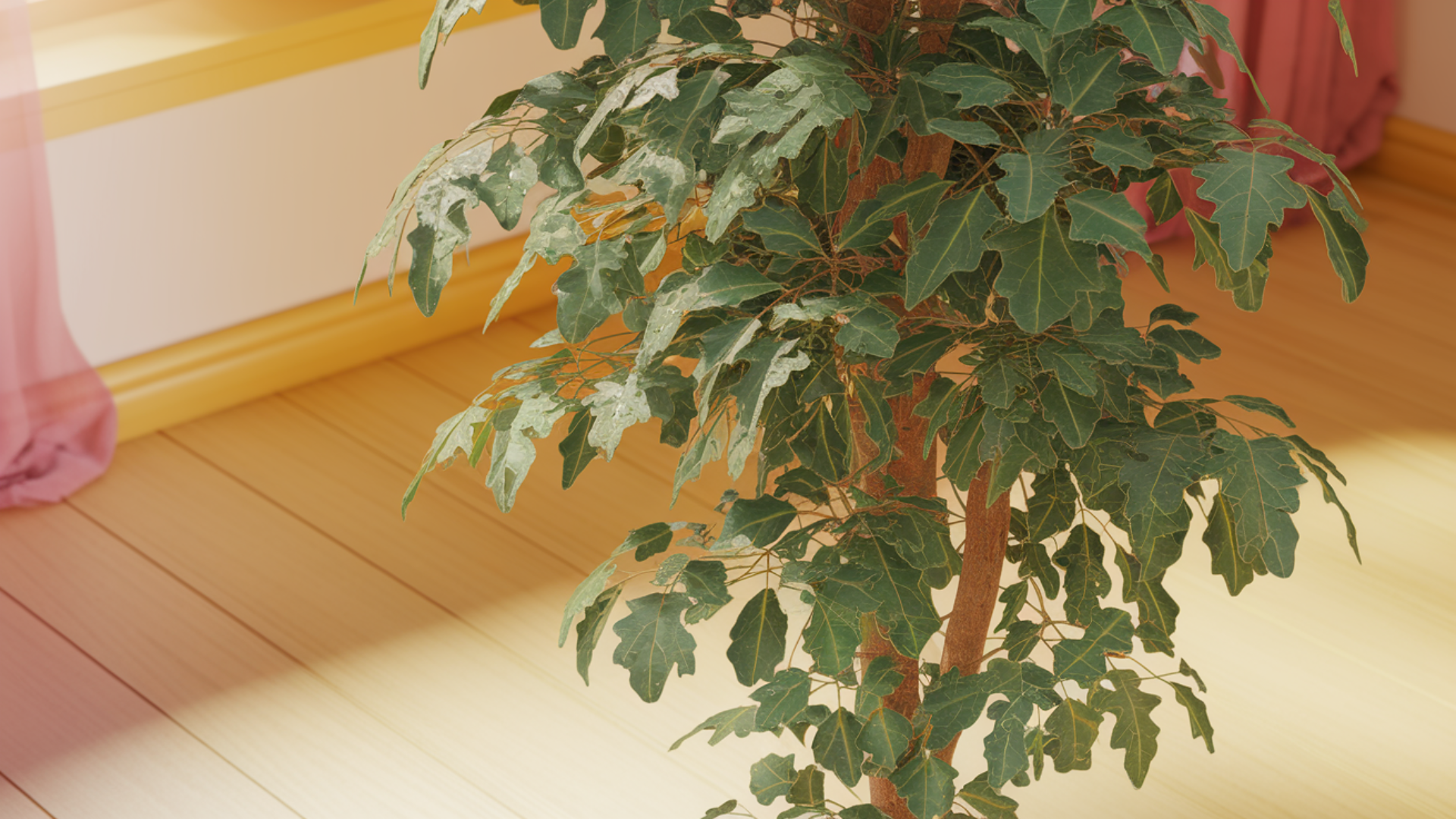
The neem tree, known for its insect-repelling properties, helps keep mosquitoes and other pests at bay. The plant contains natural compounds that are toxic to many types of insects.
- Scientific Name: Azadirachta indica
- Family: Meliaceae
- Where to Place: Keep a neem tree in a sunny spot inside or near an entryway. It needs moderate watering and prefers warm temperatures. The tree can be kept in a pot or planted directly in the ground if there’s space.
Common Bugs Found Indoors & Which Plants Repel Them
Spotting unwanted pests in your home? Here’s a quick guide to the most common indoor bugs and how natural plant-based solutions can help keep them away.
1. Mosquitoes – These pests thrive in stagnant water and cause itchy bites. Citronella, lavender, and basil release scents that naturally drive mosquitoes away.
2. Flies – Annoying and unhygienic, flies spread bacteria. Basil, mint, and marigolds produce strong odours that deter flies from entering homes.
3. Ants – They invade kitchens in search of food, forming persistent trails. Mint, tansy, and garlic disrupt their scent trails, keeping them at bay.
4. Spiders – While most are harmless, their presence can be unsettling. Lavender, eucalyptus, and peppermint have strong fragrances that spiders avoid.
5. Cockroaches – Tough to eliminate, they carry diseases. Catnip, bay leaves, and chrysanthemums contain compounds that repel roaches naturally.
Using these plants indoors (as potted herbs, essential oils, or dried sachets) helps keep pests away without harsh chemicals. A simple, natural pest control solution!
Final Thoughts
Using plants to keep bugs away offers a simple, natural solution that’s safe for homes and the environment.
Herbs, flowering plants, and leafy greens not only repel pests but also freshen the air and add beauty to indoor spaces. With so many options available, it’s easy to find plants that fit different needs and preferences.
Try these plants to see how they perform at home. Share which ones effectively keep bugs away.
Additionally, these plants purify the air and enhance the room environment. A bug-free environment is healthier and more inviting, thanks to nature’s solutions.
Looking for the perfect plants to brighten up your sunny patio? Check out our other blog on the Best Full Sun Plants for Pots for expert tips and wonderful picks!
Frequently Asked Questions
Do Bug-Repelling Plants Really Work?
Yes, many plants naturally produce scents or oils that bugs dislike. While they may not eliminate all pests, they can significantly reduce them when used properly.
How Many Plants are Needed to Keep Bugs Away?
It depends on the size of the space, but placing a few plants in key areas (like near windows or doorways) can help. For best results, use a mix of different bug-repelling plants.
Do These Plants Require Special Care?
Most are easy to grow with basic care, just provide sunlight, water, and occasional pruning. Some, like mint, grow quickly and may need their own pots to prevent spreading.

